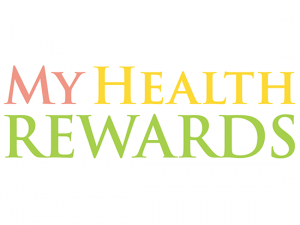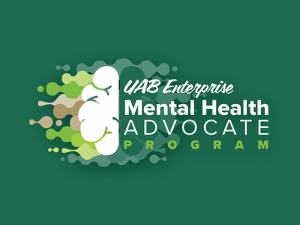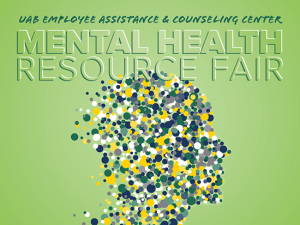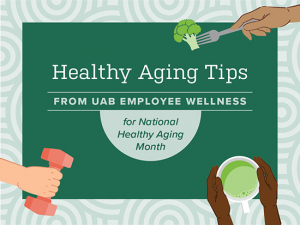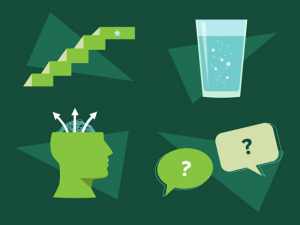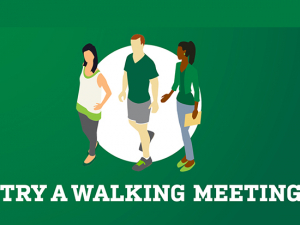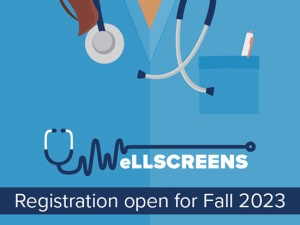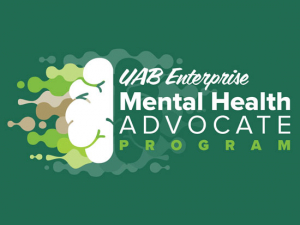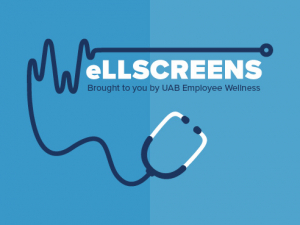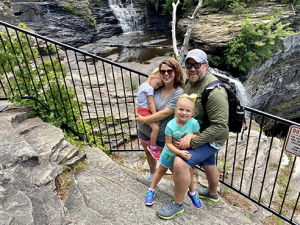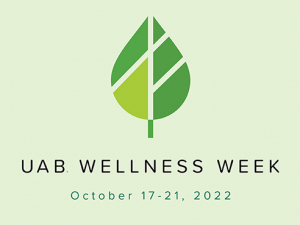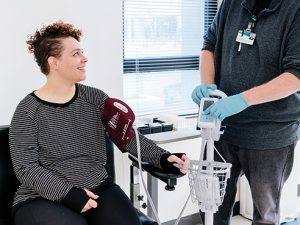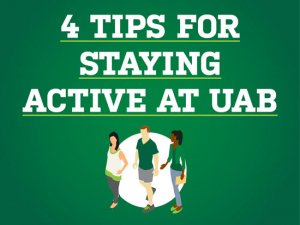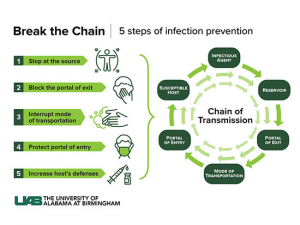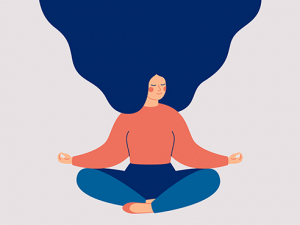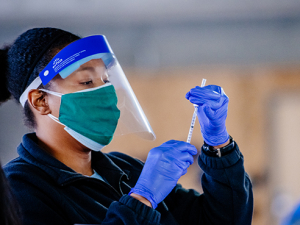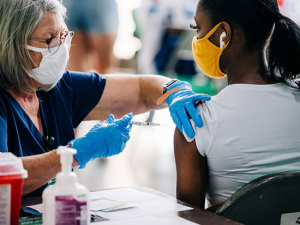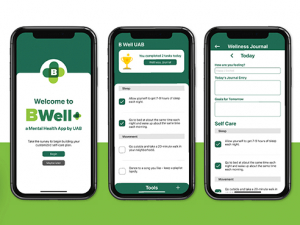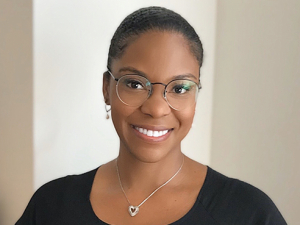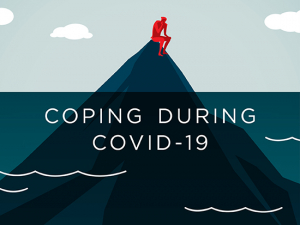 Your brain, like a surly movie critic or a high school clique, specializes in rejection.
Your brain, like a surly movie critic or a high school clique, specializes in rejection.
The chief rejecter is the brain’s decision-making center in the prefrontal cortex, just behind your forehead. Signals flood in from other brain regions, and all over the body. Most get vetoed. Get up while you are having a conversation with your boss? Absolutely not. Pick up your phone while your spouse is pouring their heart out about a bad day? No. Say what you are really thinking about your friend’s new outfit? Nope. Tune out an uninteresting but critical lecture just before the final exam? Bad idea.
“We all drift, but we can usually pull ourselves back,” said Rachel Fargason, M.D., professor and vice chair of Clinical Affairs in the UAB Department of Psychiatry and Behavioral Neurobiology.
"The real problem for adults with ADHD"
This is much more difficult for the estimated 15.5 million American adults who have attention-deficit/hyperactivity disorder, or ADHD. (A 2006 study estimated the prevalence of adult ADHD at 4.4 percent of U.S. adults — the CDC’s latest estimate, at 6 percent of the adult U.S. population, is higher by more than a third.) About half of those 15.5 million people were diagnosed in adulthood, when the “attention-deficit” part of ADHD is more prevalent than hyperactivity or, as Fargason prefers to call it, “motor restlessness.”
“The real problem for adults with ADHD is sustaining attention for tasks they find boring or routine and high levels of distractability,” she said. One of Fargason’s patients lost her car keys so frequently before treatment that she had started taping replacement sets under the chassis.
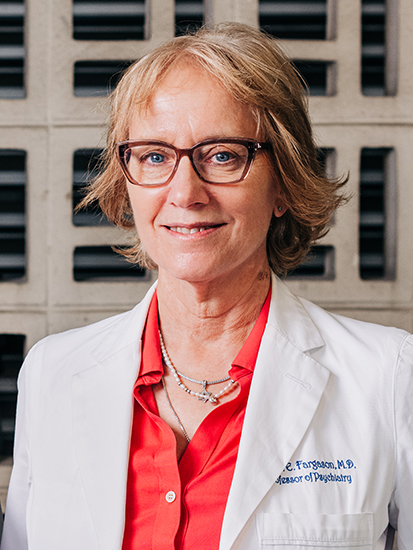 Rachel Fargason, M.D.Fargason has been specializing in adult ADHD since the 1990s, back when “everyone thought that ADHD went away after childhood,” she said. As a medical resident in the early 1990s, she started UAB’s Adult ADHD Clinic, one of the first in Alabama. Today, there is no adult ADHD specialty clinic at UAB because it is now “the bread and butter of all psychiatrists,” trailing only behind depression and anxiety as the most frequent condition that psychiatrists treat, Fargason said.
Rachel Fargason, M.D.Fargason has been specializing in adult ADHD since the 1990s, back when “everyone thought that ADHD went away after childhood,” she said. As a medical resident in the early 1990s, she started UAB’s Adult ADHD Clinic, one of the first in Alabama. Today, there is no adult ADHD specialty clinic at UAB because it is now “the bread and butter of all psychiatrists,” trailing only behind depression and anxiety as the most frequent condition that psychiatrists treat, Fargason said.
Resisting drifting requires cognitive control, which is a challenge for adults with ADHD because people with ADHD as a group have lower levels of dopamine receptor activity in key portions of the brain involved in cognitive control, Fargason explains. She often uses a battery example with her patients. “It’s like the brain is on low power,” she said. The good news is that medications are very effective at boosting these levels, Fargason says. “What I always say to my patients when they come back and thank me profusely for helping is ‘That’s what your brain is like when it is working efficiently,’” she said.
One of the reasons Fargason became interested in adult ADHD “is because the treatments have a higher efficacy rate than most other psychiatric conditions,” she said — higher than 90 percent. “It was very satisfying, because you can make a difference for most patients.”
With treatment, patients “can sustain their attention longer, remember what they have read and are able to prioritize better,” Fargason said. In fact, untreated ADHD is associated with increased mortality rates, lower earning potential and job performance, poorer physical health, higher relationship instability, higher risk of being treated in an emergency room, and a higher risk of other mental health conditions. Among people whose ADHD is under control, however, rates are similar to those for the overall population.
People with ADHD as a group have lower levels of dopamine receptor activity in key portions of the brain involved in cognitive control, Fargason explains. She often uses a battery example with her patients. “It’s like the brain is on low power,” she said.
“We are waking up the command-and-control center of the brain in the prefrontal cortex,” Fargason said. “And when we are waking up that executive functioning, we are helping patients control all of their brain processes; everything is more in cognitive control.”
What happened in 2020?
Distraction, to most of us, primarily means smartphones. “The brain is neuroplastic, which means that, the more we engage in activities that require sustained attention, like reading, the more we are building up that part of the brain, and the more we do things with short attention spans, the more those networks are pruned,” Fargason said. “But smartphones alone just exacerbate underlying tendencies. And they can be helpful for people with ADHD — setting alarms, for instance.”
A study published in JAMA Psychiatry in January 2024 points to the main cause of the rise in diagnoses since 2020. That study reported that prescriptions for stimulant and non-stimulant ADHD medications significantly increased between 2020 and 2022, especially among young adults (stimulant prescriptions increased by 30 percent, and non-stimulant prescriptions increased by 81 percent) and among women (stimulant prescriptions increased by 25 percent and non-stimulants by 59 percent). Diagnoses of adult ADHD at UAB during the same period mirror the national trend, Fargason says. But there are still people who have not sought treatment, she points out. “Before the pandemic, only about 11 percent of adults with ADHD were receiving treatment,” she said.
“Before the pandemic, only about 11 percent of adults with ADHD were receiving treatment,” Fargason said. Remote work played a large role in the jump in ADHD diagnoses.
Remote work played a large role in the jump in ADHD diagnoses, Fargason says. “I think there were a lot of people who were able to compensate” in the pre-pandemic world, she said: “People with ADHD do much better with structure. If you have a boss who is walking around checking on what you are doing, you will probably respond to those cues. But when most people started working from home, you have to provide your own structure, and that resulted in many people being highly underproductive. People who had been coping without treatment said, ‘I do need to be treated.’” Another symptom driving people to seek help is the forgetfulness that marks ADHD. “Now that cellphones cost $700, misplacing things has a real effect,” Fargason said. A third factor behind the increase in diagnoses, she added, “is the stigma of having a psychiatric illness has gone down,” making it more socially acceptable for people to seek help.
Diagnosing adult ADHD
The normal attention span in someone with an average IQ is 50 minutes, which is why a typical class is set for that time frame, Fargason says. One of her favorite initial screening questions is to ask a patient “How long can you sit and read something that is not super interesting to you?” If the answer is “two minutes, and I’d have to re-read it,” that is a hallmark of ADHD. Another favorite question: “Can you tune out what is happening around you?” “A patient will say, ‘My wife hates to go to restaurants with me because I can’t carry on a conversation with her,’” Fargason said. But distractability alone is not sufficient. “This is a very difficult condition to diagnose,” Fargason said.
One of her favorite initial screening questions is to ask a patient “How long can you sit and read something that is not super interesting to you?”
Fargason, who regularly lectures to medical students and other groups on adult ADHD, tells them that for a long time “ADHD was overdiagnosed in primary care and underdiagnosed in psychiatry,” she said. “A lot of people were being treated for depression, bipolar disorder or anxiety when they had underlying ADHD,” she said. “I can’t tell you how many times I have had a patient come in with a diagnosis of anxiety, but what they are anxious about is they can’t get anything done. I say, ‘Your anxiety is secondary to what seems to be an underlying ADHD.’”
This does not mean that ADHD is at the root of all problems with concentration and focus, Fargason notes. “Attention and concentration problems are part of a lot of psychiatric and medical conditions,” she said. “If someone says, ‘I did have good concentration and focus and now I don’t,’ I am not thinking about ADHD,” she said. “It could be a lot of things: insufficient sleep, depression, maybe they are on too many medications for medical problems or they are using marijuana — which is a very frequent cause of concentration and focus issues.”
There is overlap between ADHD and other psychiatric conditions, as well. “About 50 percent of people who meet criteria for ADHD also meet criteria for generalized anxiety disorder, and about a quarter will have at least one depressive episode,” Fargason said. “I would argue that treating the ADHD often will help with the depression or anxiety as well; but if the depression or anxiety is profound, we will treat that first.”
Treating adult ADHD
Before she makes a diagnosis, Fargason will take detailed histories from her patients, including psychiatric, educational, medical and sleep histories. Many patients did not have a diagnosis of ADHD in childhood, but certain signs are often there. “They were the kid who went through three coats in the winter because they kept losing them,” Fargason said. “Or the student who the teacher put in the front row of the class.” Or a patient might reveal that she made it through medical school by cramming at the last minute. “I say, ‘That’s because the pressure of the deadline helped you focus,’” Fargason said. “The brain with ADHD works optimally when it is under pressure.”
If the diagnosis is ADHD, there are two phases to treatment, Fargason tells patients. “First, let’s optimize your biologic symptoms and get you stabilized on an ideal dose,” she said. “Then let’s look at behavioral strategies.”
To schedule an appointment with Psychiatry, call (205) 934–7008.
About 70 percent of people respond to treatments for depression, but the efficacy rate for psychostimulant medications in ADHD such as Adderal and Ritalin is “extremely high — 90-plus percent,” Fargason said. Two other types of non-stimulant cognitive-enhancement options, atomoxetine (sold as Strattera) and guanfacine (Intuniv), have lower efficacy of about 60 percent. But they can be better options for patients who have struggled with substance use issues, do not want to take stimulant medications or have other medical conditions that make stimulant medications not an option, Fargason says.
Step 1: Finding the “sweet spot” dose
When it comes to medications, “our technique is to start low and look for the ‘sweet spot’ dose,” Fargason said. “More is not better — if we overshoot, we lose the benefits in concentration.” She has treated football players who are on a quarter of the dose that she would give to a kindergartner, and young women on high doses — it all depends on how their bodies metabolize the medication. Pharmacogenic tests, such as GeneSight, flag patients who are likely to metabolize drugs faster or slower. These tests can be helpful in finding the right dose, Fargason says. “The vast majority of patients, once we find that sweet spot, respond to that same dose for decades, until about the age of 65, at which point there seems to be some liver slowing down, and in some of those cases we have to lower the dose by about a quarter,” Fargason said. “The good news is that people don’t usually develop tolerance” over time.
Step 2: Implementing behavioral strategies
Everyone has behavioral strategies for coping with the “complicated world” we live in, Fargason noted: “We all have strategies to manage our time, calendars and all the things we need to have when we leave the house.” Here is some of the advice that she gives to her patients with ADHD:
Set a sleep schedule: “What I have observed from treating adults with ADHD over the years is that most have some form of insomnia,” Fargason said. Fargason and Professor Karen Gamble, Ph.D., her colleague in the psychiatry department, found in their own research and in a review of literature that “about 70 percent of adults with ADHD have delayed circadian sleep disorder,” Fargason said. That is, their natural sleep cycle is “shifted later, so they are awake when the rest of society is sleeping.” That is “no problem if you work the night shift, but it is a big problem if you have to get up at 6 a.m. to get to work and you can’t get to sleep until 2 a.m.,” she said. Delayed circadian sleep disorder can be treated with light therapy (getting exposure to light in the mornings and dimming the lights at nighttime) and melatonin. (In a 2017 pilot study led by Fargason and Gamble, bright light therapy not only improved sleep but improved ADHD symptoms.)
Stimulant medications that help with ADHD symptoms can also help with sleep by “promoting wakefulness during the day so it is easier to get up in the morning,” Fargason said.
The behavioral component is “to get out of bed at the same time every day,” both weekdays and weekends, Fargason said. “If you get up at 6 a.m., you will be tired 16 hours later, and the circadian rhythm can shift.”
Stick to your routine: “People with ADHD need to be a little more rigid in sticking to their methods,” Fargason said. “It’s a ‘never’ thing; when you get to the house, your phone can never go anywhere except the charger. Don’t ever lay it down, because you will lose it.”
Become a minimalist: “Clutter is anathema to ADHD,” Fargason said. “I tell my patients they really need to get a one-touch system; don’t buy extra things, keep things neat; keep a trash can in the car. They can’t filter as much as others.”
Prioritize exercise: “I tell my patients that exercise is not an optional choice for them,” Fargason said. “Pretty much all people with ADHD perform better if they exercise,” partly because of neurotransmitter changes induced by the exercise, “but also because they burn off that excess motor restlessness.”
To schedule an appointment with Psychiatry, call (205) 934–7008.

